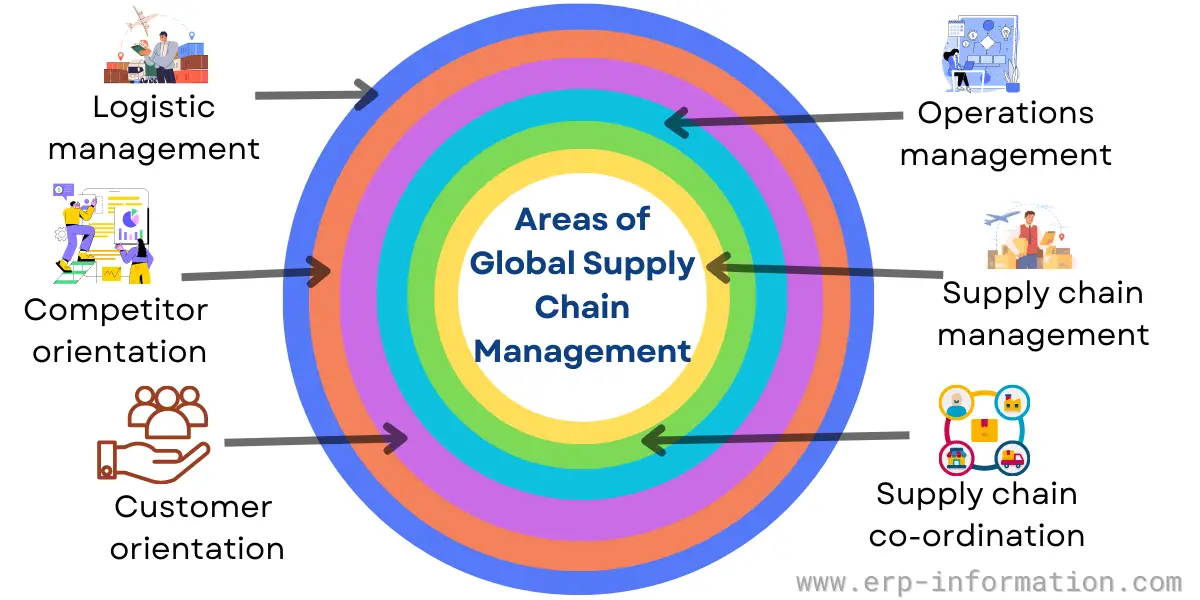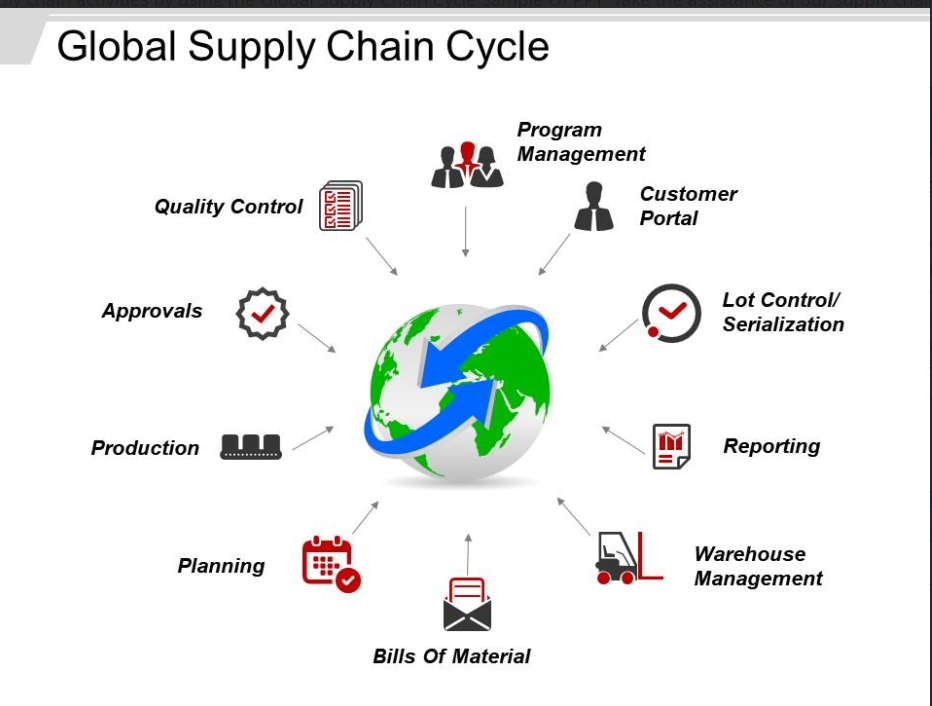Introduction to Global Supply Chains
In today’s hyper-connected world, global supply chains have become the backbone of international trade and commerce. They are responsible for moving goods across continents, ensuring that the products we rely on daily—whether electronics, food, or medicines—are available when and where we need them.
This article provides a comprehensive overview of global supply chains, their key components, challenges, and opportunities, and how businesses can optimize their operations to remain competitive.
What Are Global Supply Chains?
Global supply chains refer to the network of production, distribution, and logistics involved in delivering a product from raw material suppliers to end consumers, crossing multiple countries and regions. This system involves:
- Raw Material Sourcing: Extracting or harvesting resources.
- Manufacturing: Transforming raw materials into finished goods.
- Distribution: Moving products through warehouses, logistics hubs, and retailers.
- Consumption: Delivering goods to the end customer.
For example, a smartphone might involve materials sourced from Africa, components manufactured in Asia, and assembly in Europe before reaching consumers in the Americas.
Why Are Global Supply Chains Important?
Global supply chains fuel economic growth and connect markets worldwide. Here are some reasons why they matter:
- Cost Efficiency: Businesses leverage regions with lower labor costs or abundant resources.
- Market Expansion: Enables companies to reach customers in diverse geographic locations.
- Innovation: Collaborative networks foster technological advancements and product improvements.
Pro Tip: Companies can gain a competitive advantage by understanding and optimizing their supply chains.

Key Components of a Global Supply Chain
A successful supply chain relies on several interdependent components:
1. Sourcing and Procurement
This involves identifying and acquiring raw materials or services at competitive prices. A critical aspect is supplier relationship management to ensure quality and reliability.
2. Production and Manufacturing
Factories convert raw materials into finished products. Lean manufacturing techniques can reduce waste and improve efficiency.
3. Warehousing and Inventory Management
Effective inventory management ensures that stock levels meet demand without overstocking or understocking.
4. Transportation and Logistics
Efficient transportation systems minimize costs and reduce delivery times. Modes include air freight, ocean shipping, and trucking.
5. Technology Integration
Advanced technologies like Artificial Intelligence (AI) and Blockchain improve visibility and traceability across the supply chain.
Challenges in Global Supply Chains
Despite their benefits, global supply chains face numerous challenges:
1. Geopolitical Risks
- Trade wars, tariffs, and sanctions disrupt operations.
- Political instability in supplier countries can halt production.
2. Supply Chain Disruptions
- Natural disasters like floods or pandemics such as COVID-19 highlight vulnerabilities.
- Factory shutdowns and shipping delays lead to inventory shortages.
3. Compliance and Regulations
- Navigating complex international trade laws is challenging.
- Companies must adhere to environmental and labor standards.

Strategies for Optimizing Global Supply Chains
To thrive, businesses must adopt strategies that enhance efficiency and resilience:
1. Diversify Suppliers
Relying on a single supplier is risky. Diversification reduces dependency and mitigates disruptions.
2. Invest in Technology
Use tools like IoT devices for real-time tracking and AI-powered analytics for demand forecasting.
3. Embrace Sustainability
Consumers increasingly prefer eco-friendly brands. Sustainable practices, such as reducing carbon emissions and using recyclable materials, benefit both the planet and business reputation.
Quote: “Sustainability is no longer a choice but a necessity in supply chain management.”
Case Study: The Impact of COVID-19 on Global Supply Chains
The COVID-19 pandemic exposed vulnerabilities in global supply chains:
- Factory Closures: Countries like China, a manufacturing hub, saw mass shutdowns.
- Shipping Delays: Container shortages disrupted trade flows.
- Demand Fluctuations: Surging demand for essential goods created bottlenecks.
Businesses responded by:
- Building resilient networks with local suppliers.
- Investing in digital supply chain solutions to monitor risks.
Future Trends in Global Supply Chains
As global supply chains evolve, here are some emerging trends:
1. Digital Transformation
Technologies like Blockchain and Machine Learning enhance transparency and efficiency.
2. Nearshoring
To reduce risks, companies are relocating operations closer to key markets.
3. Circular Supply Chains
A shift from linear models (produce, consume, dispose) to circular systems that prioritize reuse and recycling.

FAQs
What is the primary goal of a global supply chain?
The main goal is to deliver goods to customers efficiently, cost-effectively, and sustainably while maintaining quality.
How can companies mitigate supply chain disruptions?
By diversifying suppliers, leveraging technology for risk monitoring, and creating contingency plans.
Why is sustainability critical in supply chains?
Sustainability reduces environmental impact, improves brand reputation, and meets consumer expectations for responsible business practices.
Conclusion
Global supply chains are a complex yet indispensable part of modern commerce. By understanding their intricacies, addressing challenges, and embracing innovative solutions, businesses can thrive in an increasingly interconnected world.
Explore more about supply chain strategies and innovations on Industry Resources.


